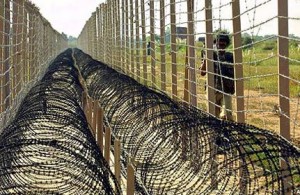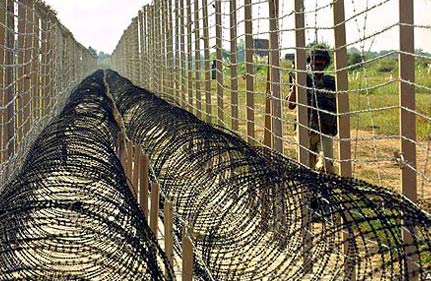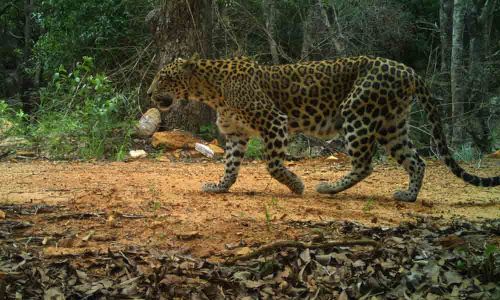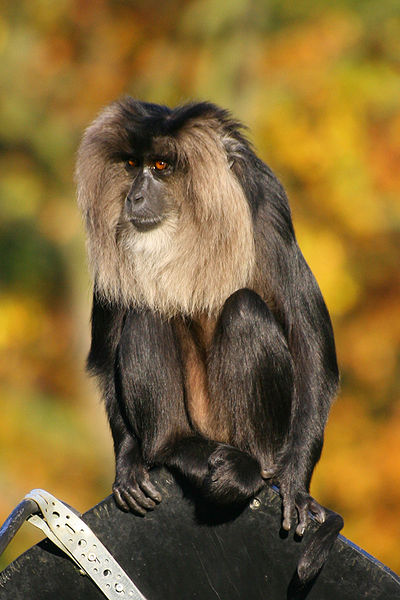 The barbed wire fencing marking the Line of Control (LOC) between India and Pakistan has reduced infiltration to a large extent. But what it has also led to is the fragmentation of habitat of many wild animals in the Jammu and Kashmir region sometimes also proving fatal for them when they accidently trip the landmines.
The barbed wire fencing marking the Line of Control (LOC) between India and Pakistan has reduced infiltration to a large extent. But what it has also led to is the fragmentation of habitat of many wild animals in the Jammu and Kashmir region sometimes also proving fatal for them when they accidently trip the landmines.
The barbed fencing in the rugged territories of J&K was a project that began in 1990 and was completed in 2004. It expands over a topography that has plains, thick evergreen forests and mountains. To ensure that there are no chances of infiltration, the border has also been doubly secured with landmines spreading the area.
According to the army this measure has proved beneficial for the country’s defense system. But it is not people or militants but the wild animals that the wildlife department of the region is most worried about.
‘The fence has blocked the corridor of animals in the areas and restricted their free movement to and fro,’ a wildlife department official said.
The animals that have been most affected are, Rhesus and langur monkeys, black bears, leopards, musk deers, pigs, sambhar deer and many other species of reptiles.
The officer adds that there are many ground nesting birds too that have been affected because of the LOC.
‘Many ground nesting birds have also come under the impact,’ he said.‘It has also fragmented the habitat of wildlife here,’ he added.
The sad part is that many animals that went to the Pakistan side of the territory while the fence was being erected could not come back and therefore have lost their Indian homes permanently.
Another threat to the animals has been the landmines.
‘Many of them got killed or maimed in blasts,’ the official said, going by the cases reported, it is a fairly large number.’
The officer recalls of an incident of a deer that lost its hind leg while trying to cross the border and getting his foot on a landmine. The deer was eventually fitted with an artificial leg with the help of the army but not many of the wild animals have been as lucky.
The official also warns that the habitat fragmentation and the restriction faced by the animals has also led to behavioral changes though it will take time to study them closely and not the specific changes.
He however observes how the frequency of man-animal conflict has increased, the incidents of crop damage has increased. This he notes might be a direct result of the divided habitat.
‘Changed behavior changes take time to study but the increasing frequency of animals damaging crops and man-animal conflict can be attributed to this.’
He also observes how black bears that hibernate for six months from November can be seen in January too.
‘But these days we have sighted them in January and February,’ the official said. ‘It means that they feel lost in new habitats and are not finding their places of hibernation.’
A senior Army officer said: ‘We try to drive them away whenever we notice. Moreover, when an animal steps on a landmine, the explosion makes others cautious. Yet incidents keep happening.’
Related Stories:
Western Tragopan Spotted in New Ranges in Kashmir
Indian Army asked to Help Protect Snow Leopards
Brown Bears caught on camera in Kargil
Article reference: inewsone









